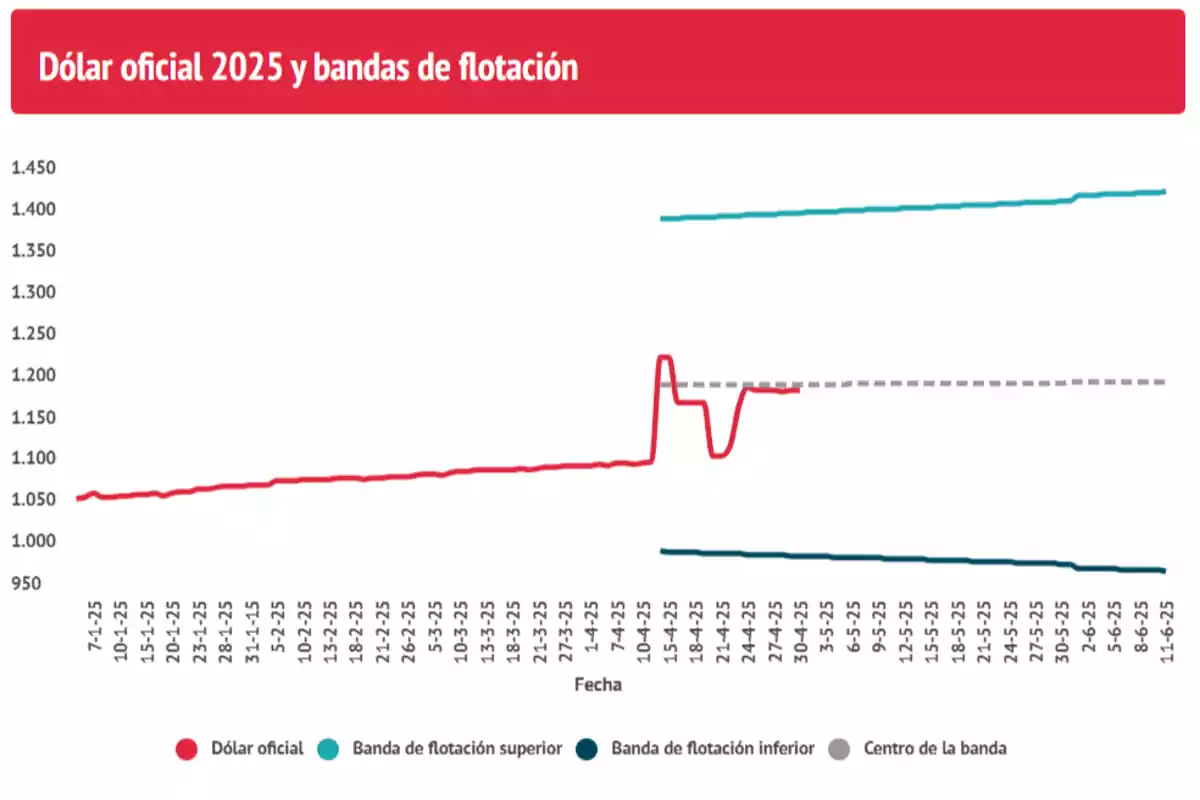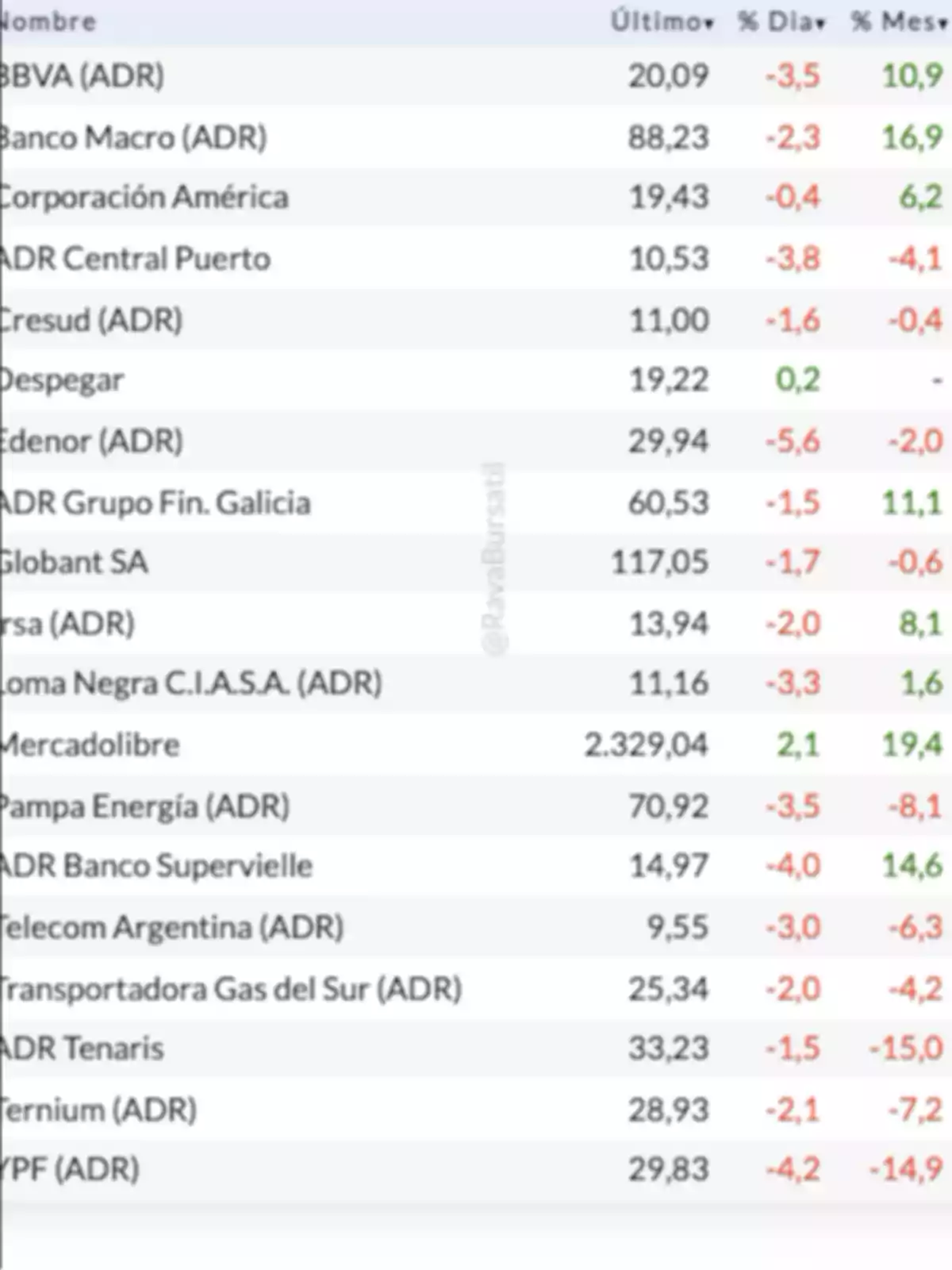
Milestone of Milei's Government: the blue dollar below the official rate for the first time
The blue dollar fell to $1,185 and was priced lower than the currency for the public
On a day that will remain in the recent financial history of the country, the Argentine exchange market consolidated an unequivocal sign of confidence: for the first time since the removal of the restrictions, the blue dollar closed below the official rate. The parallel currency was offered at $1,185, five pesos below the public sale value at Banco Nación, which stood at $1,190. This phenomenon, long awaited by analysts and market agents, marks a turning point in the exchange normalization process driven by the government of Javier Milei and his Minister of Economy, Luis "Toto" Caputo.
The downward trend of the informal dollar is as strong as it is unprecedented: since the lifting of the exchange control last April 11, the blue accumulated a drop of $190, equivalent to 13.8%, and $140 (10.6%) in the last month. Meanwhile, the official exchange rate advanced with technical gradualism: the wholesale closed the round at $1,170, with an increase of five pesos (+0.4%), and an accumulated rise of $92 (+8.5%) since the removal of the restrictions.

The volume traded in the spot segment was robust, reaching USD 813.3 million, reflecting a renewed dynamism of the official market. According to Gustavo Quintana, an agent of PR Corredores de Cambio, "in the week that just ended, limited by the upcoming holidays, the exchange rate rose only 50 cents." In April, the wholesale dollar grew by 8.94%, and so far this year it has accumulated an increase of 13.37%, below the estimated inflation for the first quarter, which is around 11%. These numbers show an improvement in the real multilateral exchange rate, a key objective of the Executive's economic policy.

On the financial front, the gross international reserves of the Central Bank stood at USD 38,960 million, with a marginal drop of USD 138 million (-0.4%) on the day, influenced by a 0.7% decline in the gold price and 0.1% in the yuan. However, part of the drop is due to technical factors related to the end-of-month closing and the temporary exit of banks' own portfolio reserves, according to the limits of the net global foreign exchange position. These dollars will be counted again as reserves at the beginning of May.
Meanwhile, financial dollars remained stable with slight increases: the cash with settlement closed at $1,189.76 and the MEP dollar at $1,174.72. The future dollar contracts, meanwhile, operated with moderate increases between 0.2% and 0.6%, except for the positions in December and February 2026, which adjusted -0.1%, to $1,365 and $1,415 respectively. This behavior reflects expectations of exchange stability, without significant upward pressures.

The economy of the United States surprised with an adverse data that shook global markets. According to the Bureau of Economic Analysis (BEA), the Gross Domestic Product (GDP) of the U.S. fell by 0.3% annualized in the first quarter of 2025, the first contraction in three years, and below Bloomberg's forecasts, which anticipated a 0.2% decline. The setback was due to increased imports and higher-than-expected inflation.
This adverse climate impacted the local equity market. The S&P Merval index lost 2.7%, down to 2,100,844 points, while sovereign bonds in dollars (Bonares and Globales) fell on average by 0.5%. Argentine stocks trading on Wall Street also suffered: Edenor fell by 5.6% and YPF by 4.2%, closing at USD 29.83.
More posts: